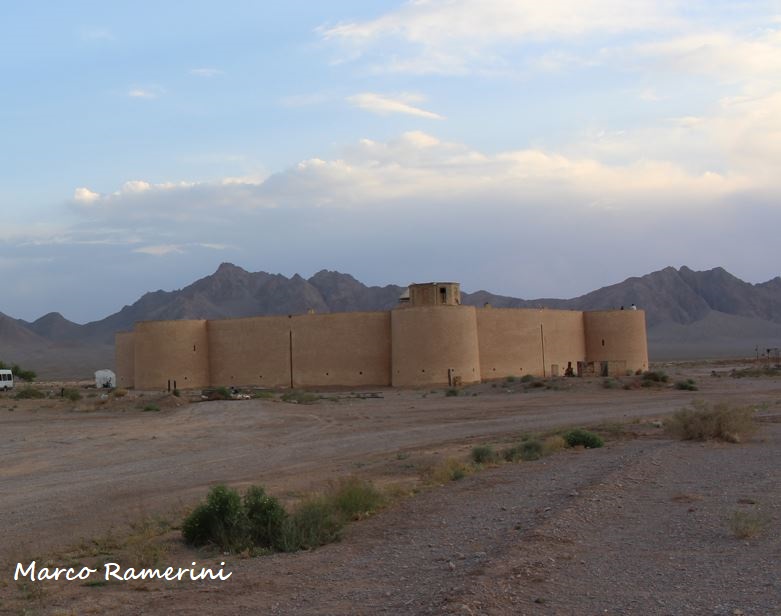This post is also available in:
![]() Deutsch
Deutsch ![]() Français
Français ![]() Italiano
Italiano ![]() Português
Português ![]() Español
Español
In 2023, UNESCO included the Persian caravanserais in its prestigious World Heritage list. These structures were places along important trade routes that provided shelter, food, and water for caravans, pilgrims, and other travelers.
The caravanserai is a place where travelers found relief during their exhausting journeys. In Iran, caravanserais are an institution of ancient Persia. Caravanserais have been among the most vital elements of Persian architecture over the centuries. UNESCO has included fifty-four caravanserais in its list, but these represent only a fraction of those built in Iran over the centuries.
Their origin dates back to the time of the Achaemenid Empire, they were resting places that were frequently found along the Royal Road of the Achaemenid Empire, a route that extended along 2,500 kilometers between Sardis and Susa. The oldest document in which caravanserais in ancient Persia are mentioned are the history books of Herodotus. Subsequently these structures developed during the Sassanid Empire and then in the Islamic era, in particular in the Seljuk and Safavid periods.
Most Iranian caravanserais have a rectangular shape with a central courtyard and a single entrance. They are often surrounded by a robust fortification which served to make the place safe for those who stayed there and their merchandise.
The distance between two caravanserais never exceeds 40 km because this is the maximum distance that can be reached in a day’s travel. Usually the average distance between one caravanserai and another is 20-30 km. In recent decades many ancient caravanserais have been renovated and today host accommodation facilities such as hotels and restaurants.
This post is also available in:
![]() Deutsch
Deutsch ![]() Français
Français ![]() Italiano
Italiano ![]() Português
Português ![]() Español
Español

